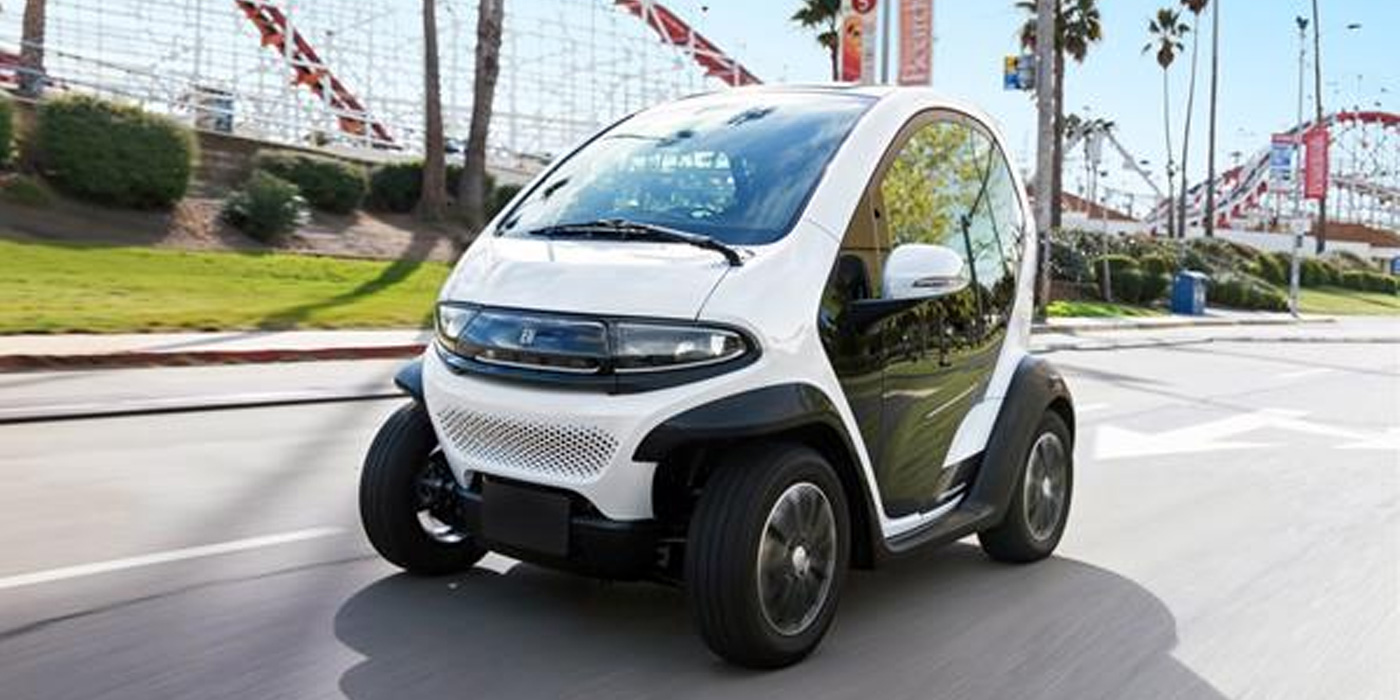Electric vehicles are getting popular, so you need to understand the inner workings of their cooling systems.
Unlike traditional internal combustion engines, EVs rely on a complex cooling system to regulate the temperature of various components, such as the battery, motor, and power electronics. These systems play a crucial role in ensuring optimal performance and extending the lifespan of the vehicle’s components.
Effective cooling is essential for EVs due to the high heat generated by the electric powertrain. The battery, in particular, requires proper cooling to maintain its performance and longevity. Without adequate cooling, the battery can overheat, reducing its efficiency and potentially causing irreversible damage. Additionally, the motor and power electronics also generate heat during operation, which needs to be dissipated to prevent overheating and ensure optimal performance.
Now, there are several types of EV cooling systems you should be aware of, as each is designed to address specific cooling requirements. The most common types include air cooling and liquid cooling. Air cooling involves using fans and vents to circulate air around the components, while liquid cooling uses a coolant to absorb and dissipate heat. Some EVs employ a hybrid cooling system that combines both air and liquid cooling for enhanced efficiency.
Coolant plays a vital role in EV cooling systems by absorbing heat from the components and dissipating it elsewhere. The coolant absorbs heat from the battery, motor, and power electronics before circulating through a radiator or heat exchanger, where it releases the heat to the surrounding air. The cooled coolant then returns to the components to repeat the process. Many EVs use a mixture of water and ethylene glycol as the coolant, which provides efficient heat transfer and corrosion protection. It’s important to use an appropriate coolant that can effectively transfer heat and withstand the high temperatures experienced in electric vehicle cooling systems.
An important note is that the large batteries that EVs carry need to be maintained within a specific temperature range for optimal performance. During cold weather conditions, the battery may require warming to ensure it reaches its ideal operating temperature. This can be achieved through battery heating systems that use the vehicle’s coolant to warm the battery.
Thermal management is a critical aspect of electric vehicle design and operation because it is key to controlling the temperature of all kinds of components to ensure optimal performance and efficiency. In addition to cooling the battery, motor, and power electronics, thermal management systems also consider factors such as cabin cooling and heating. Advanced thermal management systems use sensors to efficiently regulate temperature and minimize energy consumption.
Here’s the bottom line: The proper maintenance of electric vehicle cooling systems is crucial to ensure their longevity and effectiveness. Regular inspections should be conducted to check for leaks, clogs, or any other issues that could affect the cooling system’s performance. The coolant levels and quality should be monitored and maintained according to the manufacturer’s recommendations. Additionally, be sure to follow the prescribed maintenance schedule to replace coolant, filters, and any other components as necessary.
This video is sponsored by Auto Value and Bumper to Bumper.













